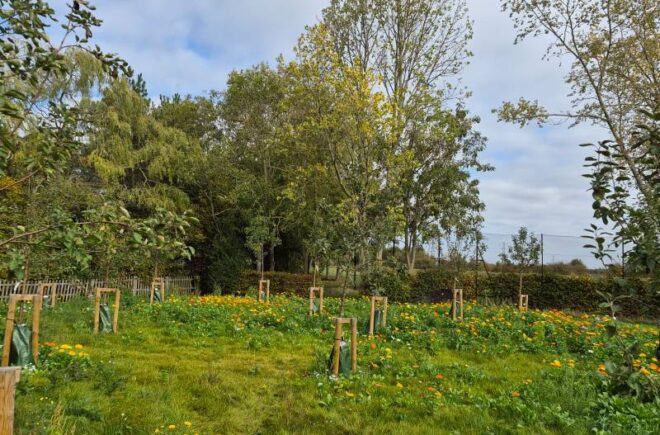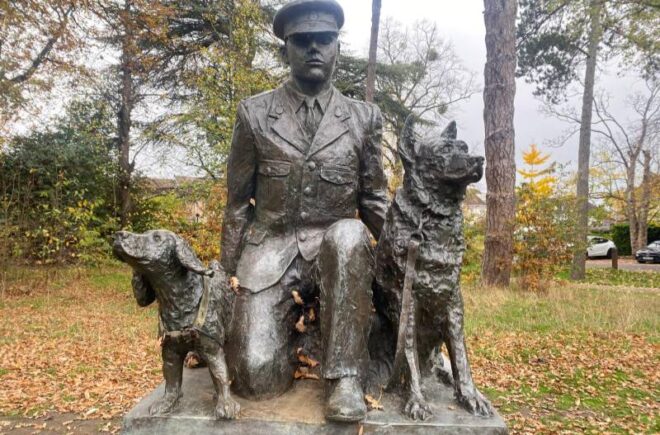Kestrels, like little Westley in the video below, are the second most common bird of prey here in the UK. And they are surprisingly small – the same size as magpies.
Don’t be surprised if you see them over roadside verges or other green spaces or urban areas, as these are key places they like to hunt and even nest. You can easily spot them by their signature hover, or even standing on top of high places like lampposts, as they overlook the area for their next meal. Or they might be holing up in a crevice in the side of a building.
Westley here, rehabilitated by the Owls and Birds of Prey Rescuer working with our Parks team, had a feisty personality that showed he was recovering well and should thrive now he’s back in the wild.
Sadly it isn’t clear why their population has been in decline. Suggestions include an increase in agricultural land creating a decline in their diet, and a loss of nesting sites like trees. Our Parks team and volunteers have been working hard these past few months to plant and manage trees across the Chelmsford district, which should help beautiful birds like these Kestrels thrive.
Did you know? Kestrels have such keen eyesight that they can even see UV light, which is invisible to us humans.


